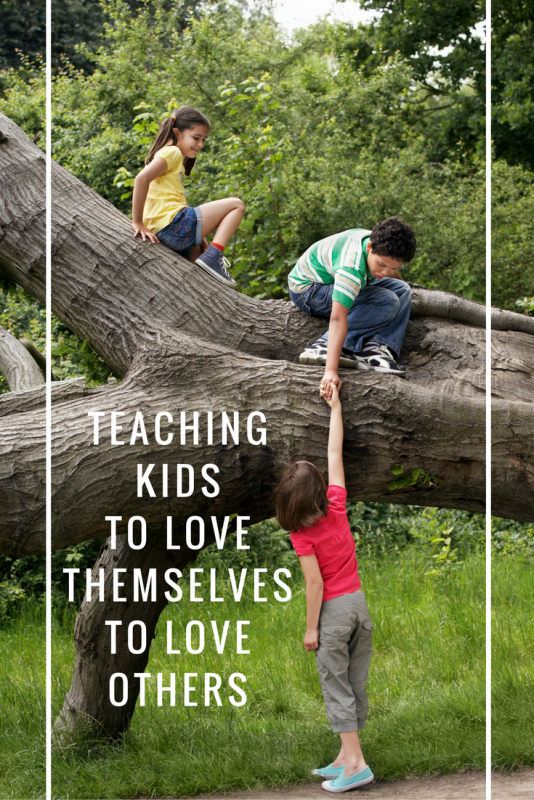
Place your mask on first before assisting others.
This phrase is used often when parents speak to each other about self-care, but it can be applied to teaching empathy and diversity too. Before a child can recognize valuable things in others they need to see that they are valuable for who they are not what they have or what group they belong to. Our society is focused on things, on achievements and ” I am better than you because…” I know I fall into this trap far more than I want to admit. Examining our own biases and privilege is a great place to start as adults and teaching children to have a secure sense of who they are, their culture and to take pride in their individual interests is a start for our children.
It may seem counter-intuitive to teach pride in order to boost empathy but hear me out. Let’s think about bullies for a minute. Why do most bullies feel the need to oppress another child? Low self-esteem, fear, lack of empathy, need for control… now let’s bring that back to having a strong sense of self. When a child is secure in their identity there is no reason to belittle another for being who they are. A secure child recognizes their own uniqueness and that opens the door to being able to recognize the uniqueness of others.
Another piece of the puzzle is being exposed to and learning to be accepting of differences in the larger community. Diversity is not only differences that we can see, it is all the tiny subtle differences as well. Learning that their norm is just THEIR NORM and not THE NORM is vital to develop a greater understanding of others and empathy for others beyond their identity group.
So how do we as parents and teachers do that?
In a lot of little ways;
We encourage our children to be their true self. We value each child for who they are and see them as whole beings.
We teach them about who we are and our family culture and family traditions.
We value quirks, personalities, and differences in people. We read books that value being different and being yourself.
We point out differences within our own groups. Church groups, families, any group that children feel entitled to membership in. Discovering that these groups are in fact diverse helps open the door to recognizing and valuing diversity in larger groups.
We provide books that are inclusive, we avoid media that stereotypes any group of people, and when we see stereotypes or discrimination we talk about it.
We avoid equating things with making a person valuable.
We learn about the world in person, through media, and in books.
We encourage our children to stand up for themselves and for others by listening to our children and teaching them that they have a voice worth being heard.
We do not tolerate hate and model this in what we say and do. This might be harder than you think, standing up to your old aunt Milly at Thanksgiving is important because your kids are watching you and your silence is as much a lesson as your voice. It’s worth it to speak up.
It is easy to get hung up on achievements and like any parent, I enjoy giving my kids everything I never had but a greater gift is to help them develop a secure sense of who they are as well as an appreciation for the rich diversity in the world around them.
More Empathy Learning
Learning to recognize emotions is crucial for developing empathy and these lessons are as fun as they are valuable:
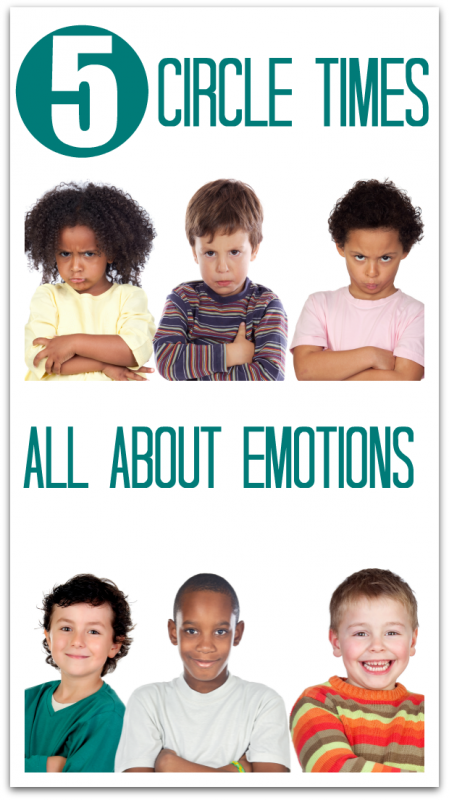
Circle Time Lessons About Emotions
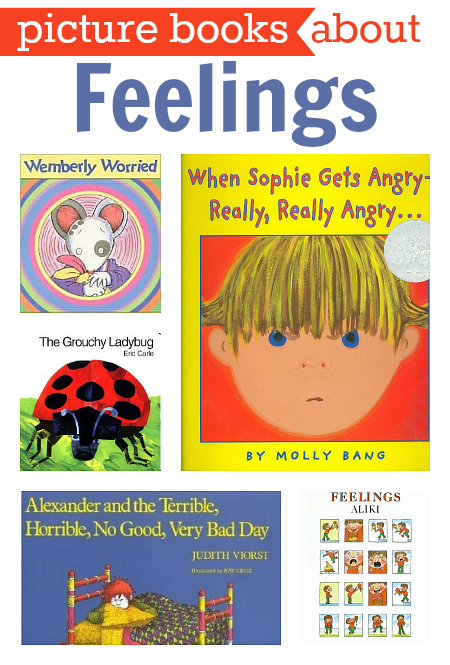
Further Reading
This book list contains affiliate links.
For more reading about teaching children about diversity, anti-bias/ multicultural education check out these books:
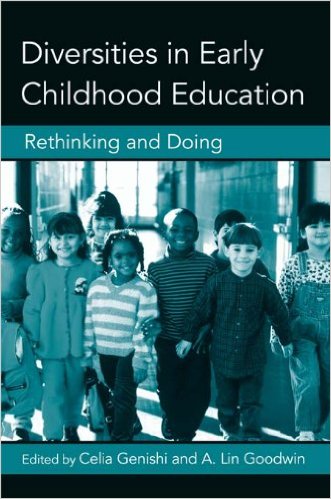
Diversities in Early Childhood Education: Rethinking and Doing
What If All The Kids Are White
Anti-Bias Education For Young Children and Ourselves
Leading Anti-Bias Early Childhood Programs
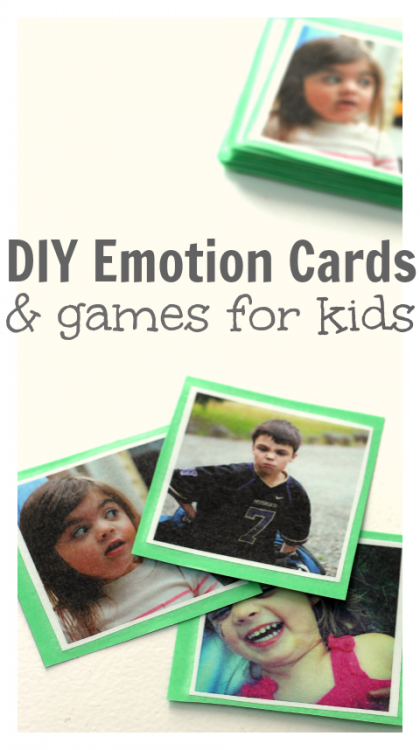
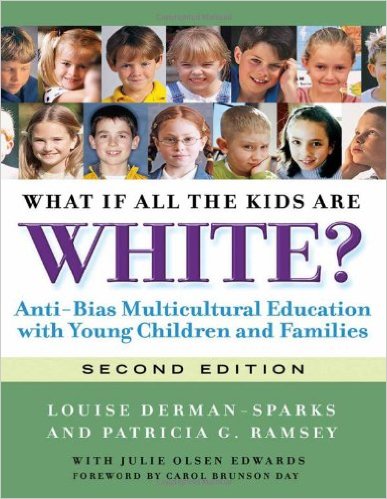
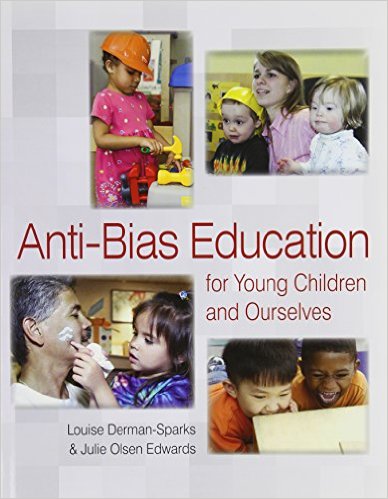
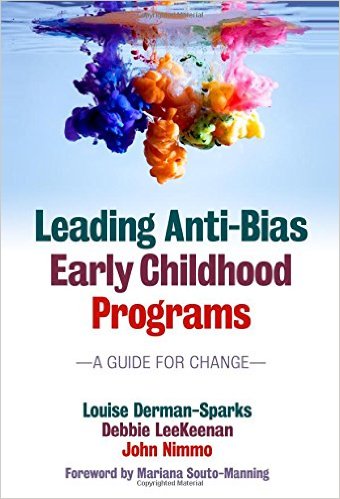
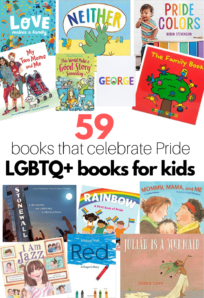
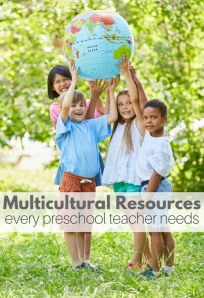
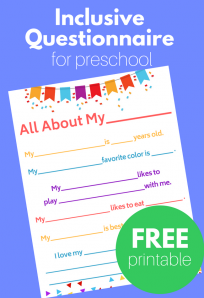
Tasha says
Fantastic article. Thank you so much for the step by step of where to start, and all the resources. So much important right now.
Allison McDonald says
You are very welcome – it’s an ongoing process!
Rosalind Preston says
I would love to order some books but Im not sure how
Rosalind